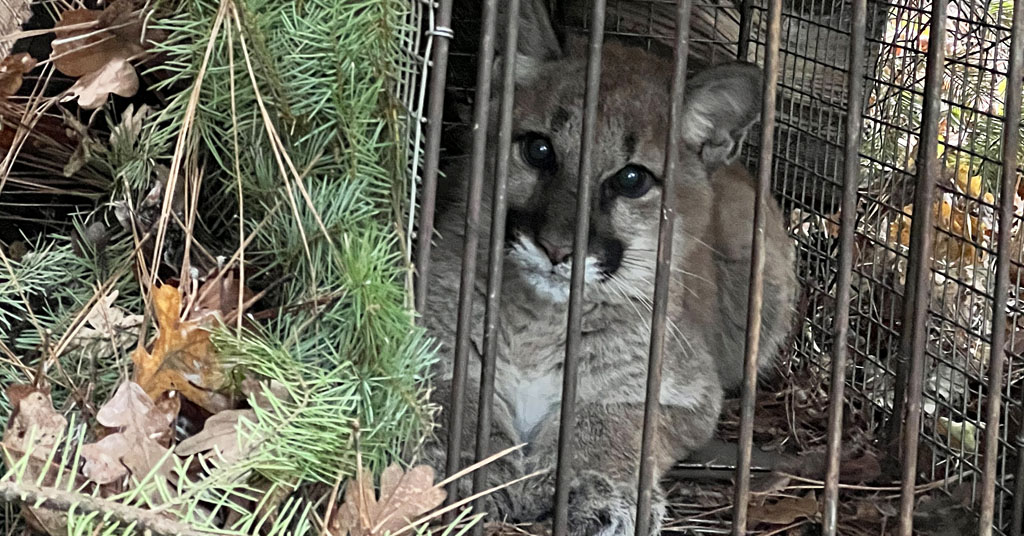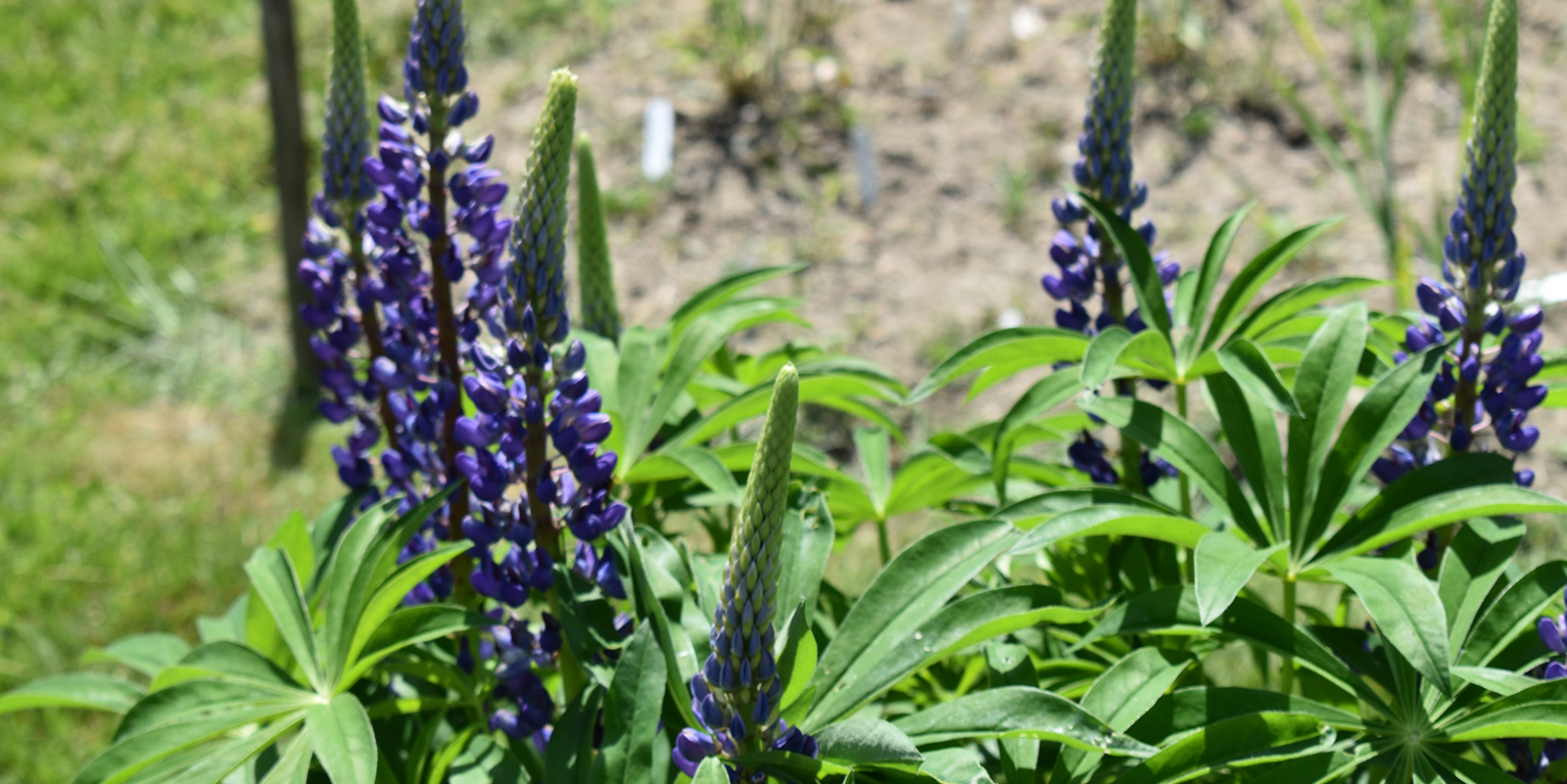For Better and Worse: Statewide Oak Tree Mortality Changes Rhode Island’s Landscape
June 3, 2021
CHARLESTOWN, R.I. — Once Rhode Island’s predominant hardwood tree species, oaks have taken several major hits in recent years. Attacked by gypsy moths, weakened by drought and clear-cut for commercial solar-energy projects, the oak population has experienced a rapid decline. Ecologists are now watching to see what the state’s woodlands might look like in the years, and decades, to come.
The 841-acre Francis C. Carter Memorial Preserve, the second-largest nature preserve in Rhode Island, is one of The Nature Conservancy’s most frequently visited properties.
The preserve is an example of a landscape that has been dramatically altered as a result of oak mortality. Even The Nature Conservancy’s website has yet to catch up with the changes, and continues to describe the preserve as containing “ black oak, scarlet oak, white oak, pitch pine, black huckleberry, and lowbush blueberry.”
Many of those oaks are now dead, killed by severe gypsy moth infestations that began in 2016 and continued for three years. Already weakened by drought and the stress of repeated defoliation, the trees that comprised the forest canopy succumbed, leaving stands of dead timber, surrounded by grasses and ferns.
Paths through the preserve’s forest that used to be shaded are now hot and bright, and a large sign at the trailhead warns visitors to watch out for falling tree limbs from the tall snags that cover much of the area.
A keystone species
In Rhode Island, as in much of New England, the Quercus, or oak genus, has been described as a keystone species, because so many other species depend on these trees.
In a new book “The Nature of Oaks,” University of Delaware entomology professor and conservationist Douglas Tallamy described oaks and other native trees such as maples and pines as keystone plants, like the keystones in Roman arches.
“In place,” Tallamy wrote, “the keystone supports all the other stones in the arch, but take the keystone away and the arch collapses.”
The same is true for keystone plants, according to Tallamy, because of the many organisms that depend on them. He noted “a yard without keystone plants will fall far short of the insect abundance necessary to sustain viable food webs, even if dozens of native plant genera are present.”
Throughout most of the United States, oaks, of which there are about 90 species, support more caterpillars — essential food for birds — than any other tree species. A single oak can support the development of more than 500 species of moths and butterflies.
Adapting to rapid change
Nature Conservancy spokesperson Tim Mooney described oak forests as having dominated the 35,000 acres that the conservancy protects throughout Rhode Island, but said the trees’ growth was already constrained by poor soil and previous disturbances.
“Our forests today are an echo of the ’38 hurricane and the forest fires in western Rhode Island in the ’40s and ’50s,” he said. “What I mean is, our oak forests have a couple of strikes against them already. They are coppice growth and they are on thin, poor soil, so they grow very slowly as a rule. … And so, when you have something like a combination of drought and gypsy moth caterpillars and other forest pests, it’s not surprising then if, after a couple of seasons, large patches of oaks just give out.”
Elsewhere in Rhode Island, especially in the southwestern part of the state, mature oak forests have been clear-cut to make way for utility-scale, ground-mounted solar facilities.
Encouraged by renewable energy development incentives, many solar developers have determined that it’s more cost-effective to convert forests and farmland to solar array than to develop disturbed sites such as landfills.
Proponents of commercial-scale solar development have argued that the ecological benefits of solar energy far outweigh those of a mature forest, but Tallamy disagreed.
“Cutting down an existing solar plant, which is a tree, in order to build an artificial one is just ridiculous,” he said. “It’s more than energy. Solar doesn’t feed a single bird, it doesn’t manage the watershed. The only ecological value is capturing energy from the sun, which is what plants do, but it’s not passing it on to rest of the food web. It’s the plants and animals around us that run the ecosystems that we all depend on. I know we want renewable energy, but we’ve got enough land that has already been leveled. Put the solar arrays on rooftops. Put them on all the destroyed properties we already have. Don’t cut down existing forests. It’s totally antithetical to the goals of conservation.”
Paul Ricard, forest health program coordinator for the Rhode Island Department of Environmental Management, noted the benefits of mature trees outweigh those of solar arrays.
“I tell anyone who will listen to me that the biggest threat to our forest resources is the conversion of forestland to a non-forest use,” the biologist said. “You never get those values back — ever, ever.”
A future without oaks
In Rhode Island, about 45,000 acres of hardwood forest, most of it oak trees, died as a result of the gypsy moth infestation.
The question that will be answered in the years to come is what a landscape without oaks will look like. The trees will eventually regenerate, but it’s a slow process, often hampered by deer, which eat oak seedlings, and by the state’s poor, thin soil.
“They’re not necessarily wiped off the map, but given the soil conditions in much of Rhode Island, rocky, nutrient-poor soil, the comeback is going to be slow, for sure,” Ricard said.
Nevertheless, Ricard believes the oak deaths will prove to be beneficial to the forest ecosystem, resulting in more diverse, ecologically productive forests.
“From an ecologist’s position, the mortality the gypsy moth caused is much like what a hurricane or a fire event or some other natural abiotic [physical] factor would have caused, and the upside of the mortality, one of the upsides, is that we now have more of an uneven-aged forest,” he said. “The forest that we have now is roughly 110 years old and it’s mostly even-aged. … You really want to have an uneven aged forest to maintain a rhythm. You don’t want all the trees getting sick and dying at the same time. You want it to occur on a rolling basis. So the gypsy moth did us that favor.”
The loss of the oak canopy will adversely impact some species, but other species will benefit.
“It’s going to be a benefit to wildlife, particularly early successional stage songbirds,” Ricard said. “Early succession forest is severely lacking in the state and the birds that use it, their numbers are declining, so there’s going to be a benefit to them.”
Another benefit, Ricard said, will be improved carbon sequestration.
“Young, growing trees sequester carbon at a higher rate than older trees,” he said. “Older trees have it stored a lot more, but the rate of sequestration is higher among younger trees.”
Mooney said he expects Rhode Island’s forests to look very different for many years to come.
“The southern New England forest, in general, is large enough to handle disruptions like this, but there’ll be a habitat change in the interim,” he said. “Is the interim five years or decades long? I don’t know. Areas that have been defoliated and are now exposed to sunlight … that habitat will be in a different state, probably for decades.”




We will regret the day our political officials – the people WE elect – turned a blind eye to Rhode Island’s deforestation for solar farms. This is ignorant public policy, in my view.
I have oaks, red maples, and rose of sharon popping up all over the place. The latter two are considered “ invasive” in RI, but perhaps they can be utilized temporarily to mitigate climate change, erosion, and one day wood for future generations of housing and furniture ( maple) as we wait for other more desirable plants and trees to grow. If someone wants to help dig them out, you can have!!!
I was thinking about the issues of climate change as my honey and I cut back russian olive a few weeks ago…..that at least the birds love it, it does absorb CO2, and help prevent coastal erosion. So, not cutting back any more until I have something to replace it with.
I have solar panels on two homes and was so thrilled RI was going for more solar…..until I saw the wide array fields in Richmond and Exeter where forest used to be, and thought “ why doesn’t the human race ever LEARN? We have the infinite ability to mess up doing the right thing by doing it the wrong way. Often the right way is harder, takes longer, and is more expensive than the cheap and easy way. Theres your sign.
Glad the Oak decline is not due to an invasive pest or disease that makes its comeback nearly impossible.
Lost a number of oaks to the Gypsy Moths over the last several years. Do have a lot of acorns down from last year so hopefully get some new trees. Still surrounded by primarily oaks and pine trees. I hike a bit and see the loss elsewhere.
I live in the Watch Hill, R.I. area. Three years ago I watched two mature oaks’ leaves wither followed by the death of the two oaks. This summer two, possibly three white oaks have now succumbed. I don’t believe it’s gypsy moths. Will it be a slow death of all my other white oaks? I also have scarlet oaks that do not appear to be affected. These trees are surrounded by other mature white oaks.
What is going open?